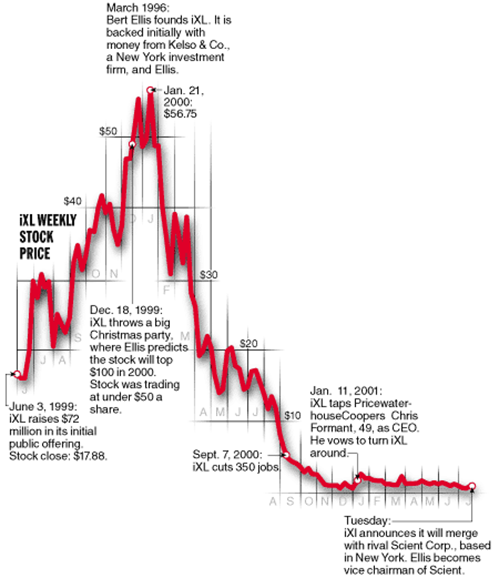Assignment 1:
Good and Bad Visualizations

Instructions
The use of visualization is pervasive in the media: explanatory diagrams in magazines, graphs describing the projected impact of a new state budget, new experimental data plotted against theoretical expectations, etc. In each case, the author of the visualization tries to convey a point of view by emphasizing some aspects of the data while toning down other aspects. The result can vary widely, from informative to misleading.
For this assignment, pick out two examples, one good and one bad visualization, from any of the following sources:
- Textbook
- Science magazine or scientific journal (Nature, Science, Scientific American, ...)
- Magazine or newspaper (Newsweek, The Economist, NY Times, USA Today, ...)
You may not use papers or textbooks on visualization or information visualization, or visualizations that have already been analyzed. Go to original sources used by practitioners and researchers. For this assignment, please do not use examples pulled from the web.
I'd like you to find visualization in print sources rather than visualizations that were directly published on the internet. However, if the visualization appears in print and also on a website from the same organization, then you may use it. In all cases be sure to cite the source of the visualization.
Once you have selected a good and a bad example, add a new link to the class discussion board that includes both pictures and a short description explaining the visualizations (no more than one paragraph each) and why you think it is good or bad. Later in class you will be asked to quickly explain (in 2 to 3 minutes) the visualizations to the rest of the class. So you should try to choose visualizations which depict data that is relatively easy to explain. Be sure to cite the source of the visualization as well. Your assignment must be posted to the discussion board before class.
Note: You should work individually on this assignment.
Source: Thanks to Maneesh Agarwala for permission to use this assignment.
Grading (10 pts)
Assignments will be graded based on the selection of interesting visualizations, whether the assignment is posted on time, and the quality of the in-class discussion.